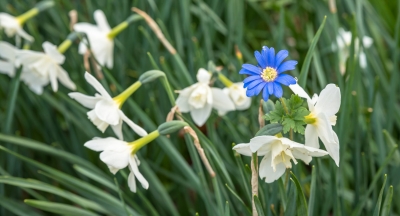
The beauty of Planet Earth lies in its diversity. The plants, birds and animals in one part of the world are different from those in the other part. While polar bears roam the Arctic region, penguins colonise the Antarctic region. While neem trees are native to the Indian subcontinent, baobab trees are native to parts of Africa. Imagine how dull it would be if all the species are distributed everywhere on the planet! Unfortunately, this could happen sooner, thanks to human activities.
The first-ever global analysis of plant diversity has shown that the world’s flora is growing increasingly uniform, even on isolated islands. Due to the introduction of invasive species, scientists war, the world is headed for a new geological epoch, called the ‘Homogecene. Humans have collapsed the distance between different ecoregions worldwide, and scientists are concerned this could one day create a New Pangaea’. (About 300 million years ago, Earth didn’t have seven continents, but instead remained as one massive supercontinent called Pangaea.)
Many scientists argue that we are entering a period characterised by widespread faunal and floral homogenisation, dubbed the ‘Homogecene’.
Homogenisation is the replacement of local biotas by non-indigenous and expanding species that can co-exist with humans. It reduces diversity at regional and global scales. With the introduction of invasive species, biological borders fade and distinct habitats grow increasingly similar.
Humans’ role
What are invasive species? Invasive species are organisms that are introduced to a new geographical location, where they pose a threat to the environment. They could be insects, plants, animals or pathogens. These species start to grow and multiply quickly in the absence of natural predators from their original homes.
How do invasive species spread? Some species arrive in a new area through migration. Some are spread unintentionally by human activities. When people travel, they often inadvertently carry alien species along. For instance, insects may arrive in a new place by travelling on luggages. Some species are introduced on purpose as pets or to combat pests, and they turn out to be invasive in the new place.
Findings of the study
The first-ever global analysis of plant diversity, published in Nature Communications, drew on floral data from 658 regions around the world, including 189,762 flowering plant species.
The authors suggest alien plants are more likely to become naturalised in a distant environment when the climate, and especially the temperature, is similar to their previous home.
Picture Credit : Google




